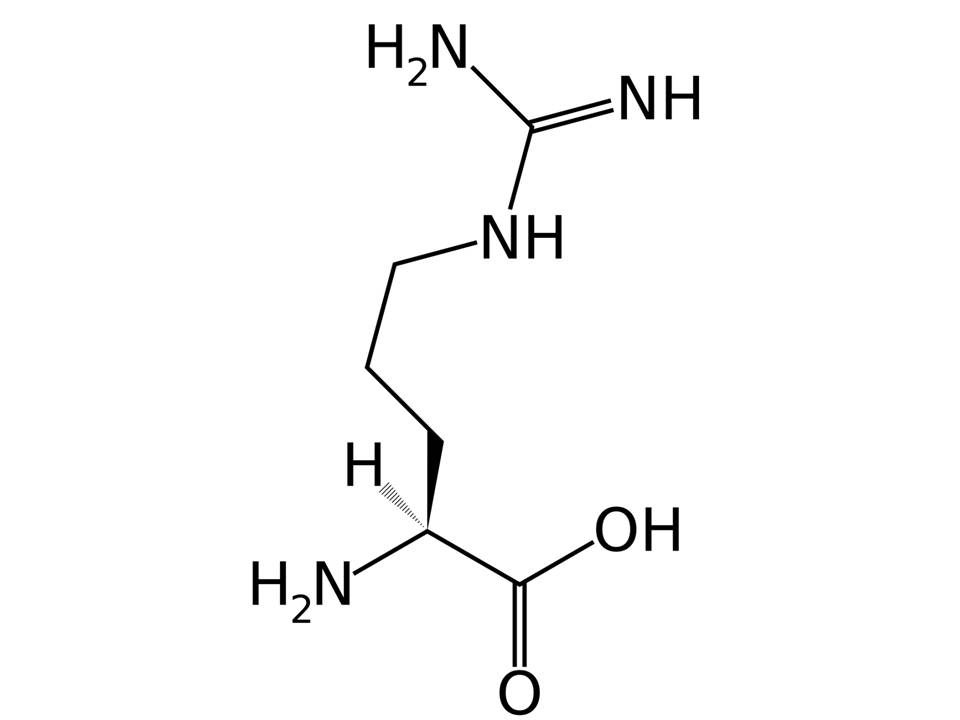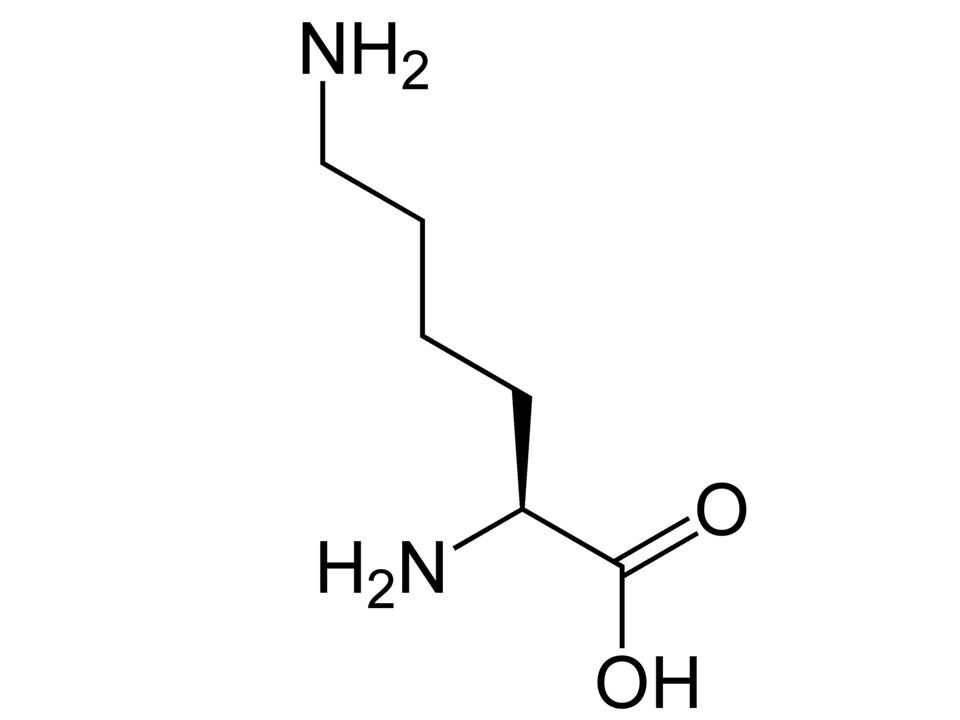Rare Amino Acid Challenge to the Origin of Life
Every life-form requires protein molecules. Proteins are complex assemblages of twenty different kinds of amino acids that fall into four general categories: nonpolar, polar uncharged, acidic (negatively charged), and basic (positively charged).
The apparent lack of basic amino acids arginine (see figure 1) and lysine (see figure 2) on prebiotic Earth (at and before 3.8 billion years ago, the established date for the origin of life) poses a severe challenge to a naturalistic or atheistic interpretation for life’s origin. In a recent issue of Astrobiology, biochemists Gene McDonald, of the University of Texas in Austin, and Michael Storrie-Lombardi of the Kinohi Institute in Pasadena, California, published a paper examining the importance of arginine and lysine.1 They reviewed the evidence that confirms the extreme rarity or total lack of lysine and arginine on the early Earth and next determined the range-of-life-function roles that proteins devoid of any lysine or arginine can possibly perform. They end their paper with important conclusions relevant to what or who is responsible for the origin of life.
McDonald and Storrie-Lombardi point out that a wide range of laboratory prebiotic synthesis experiments performed at normal temperature (0–200° Centigrade) and high temperature (200–700° Centigrade) conditions fail to produce conclusive evidence for the generation of any arginine or lysine. For example, reanalysis2 of the products from normal temperature Miller-Urey type spark discharge experiments detected neither arginine nor lysine. Meanwhile, published prebiotic hydrothermal synthesis experiments detected no basic amino acids where they would have been clearly detectable if any production were taking place.3
The failure of any prebiotic synthesis experiments to produce either lysine or arginine under any conceivable early Earth condition prompted Christopher Chyba and Carl Sagan to suggest in 1992 that extraterrestrial impactors and impact-shock synthesis must have brought these crucial molecules to Earth’s surface.4 However, the only basic amino acid reported in any meteorite is lysine, and this only tentatively in just one carbonaceous chondrite.5 The carbonaceous chondrites with the highest levels of amino acids, namely EET92042, GRA95229, and GRO 95577, did not contain any measureable lysine or arginine.6 In McDonald and Storrie-Lombardi’s words, “A general consensus seems to have emerged that lysine and arginine are ‘prebiotically implausible.’”7
Given the lack of lysine and arginine on early Earth, McDonald and Storrie-Lombardi proceeded to determine just what biochemical functions can and cannot be achieved without the presence of lysine and arginine. They “identified 61 modern gene sequences coding for known or putative proteins not containing arginine or lysine.”8 Their analysis indicates that “the lack of basic amino acids does not prevent peptides or proteins from serving useful structural and biochemical functions.”9 However, the data they presented also demonstrates that proteins lacking basic amino acids “are unlikely to interact with DNA.”10 None of the 61 gene sequences they identified codes for proteins that take any role in protein-nucleic acid biochemistry.
McDonald and Storrie-Lombardi imply their research findings impact models for the origin of life. They do not, however, specify what that impact might be—perhaps because the impact is obvious. Granted that on early Earth arginine and lysine are either totally missing or available only at such extremely low abundance levels as to be irrelevant, and recognizing that arginine-and-lysine-containing proteins are essential for the crucial protein-DNA interactions, naturalistic explanations for the origin of life are ruled out.
Nothing less than the guiding hand of a supernatural, super-intelligent Creator suffices to explain life’s origin on Earth. As the psalmist declares, “How many are your works, O Lord! In wisdom you made them all; the earth is full of your creatures.”11
Figure 1: Left-handed, or L- configuration, of Arginine
Image credit: released into the public domain by Arrowsmaster
Figure 2: Left-handed, or L- configuration, of Lysine
Image credit: released into the public domain by Benjah-bmm27
Endnotes
- Gene D. McDonald and Michael C. Storrie-Lombardi, “Biochemical Constraints in a Protobiotic Earth Devoid of Basic Amino Acids: The ‘BAA(-) World,’” Astrobiology 10 (December 2010): 989–1000.
- Adam P. Johnson et al., “The Miller Volcanic Spark Discharge Experiment,” Science 322 (October 17, 2008): 404.
- R. J. -C. Hennet, N. G. Holm, and M. H. Engel, “Abiotic Synthesis of Amino Acids under Hydrothermal Conditions and the Origin of Life: A Perpetual Phenomenon?” Naturwissenschaften 79 (August 1992): 361–65.
- Christopher Chyba and Carl Sagan, “Endogenous Production, Exogenous Delivery and Impact-Shock Synthesis of Organic Molecules: An Inventory for the Origins of Life,” Nature 355 (January 9, 1992): 125–32.
- R. K. Kotra et al., “Amino Acids in a Carbonaceous Chondrite from Antarctica,” Journal of Molecular Evolution 13 (September 1979): 179–83.
- Z. Martins et al., “Indigenous Amino Acids in Primitive CR Meteorites,” Meteoritics & Planetary Science 42 (December 2007): 2125–36.
- McDonald and Storrie-Lombardi: 990.
- Ibid., 989.
- Ibid.
- McDonald and Storrie-Lombardi, 997.
- Psalm 104:24 (NIV).








